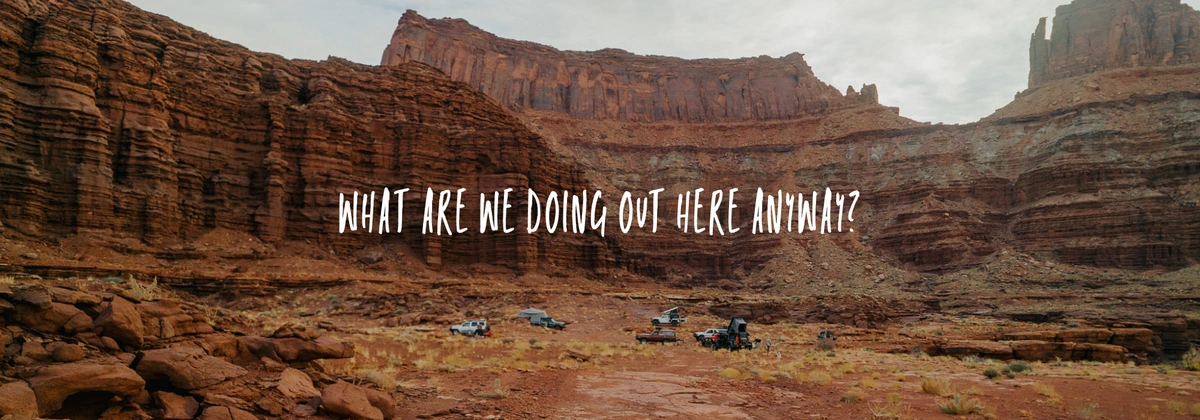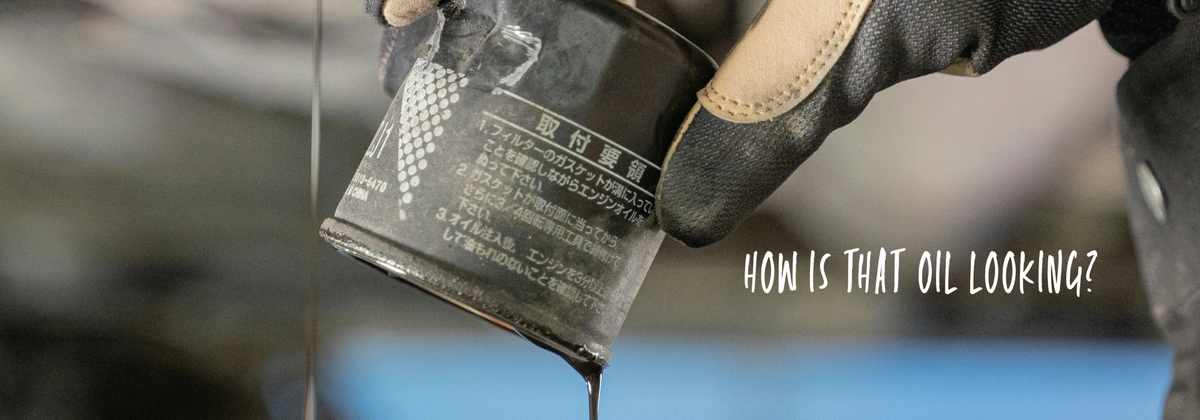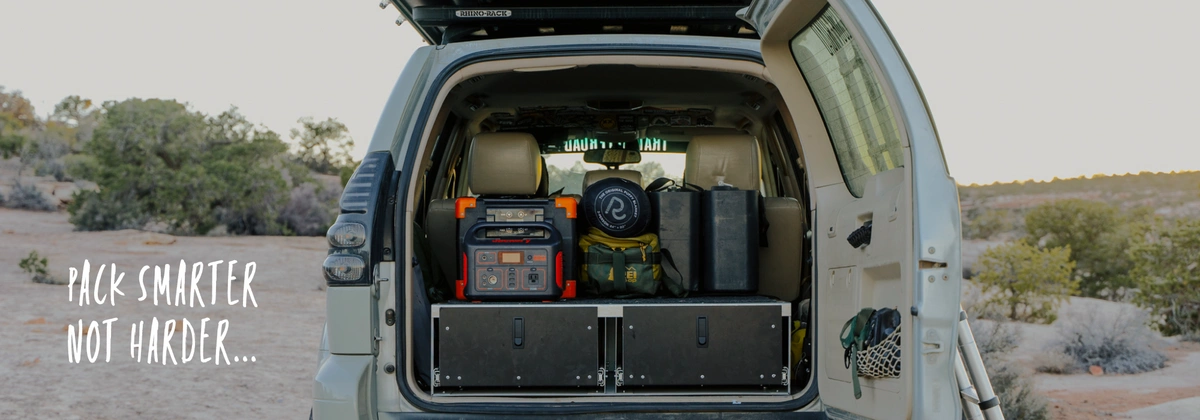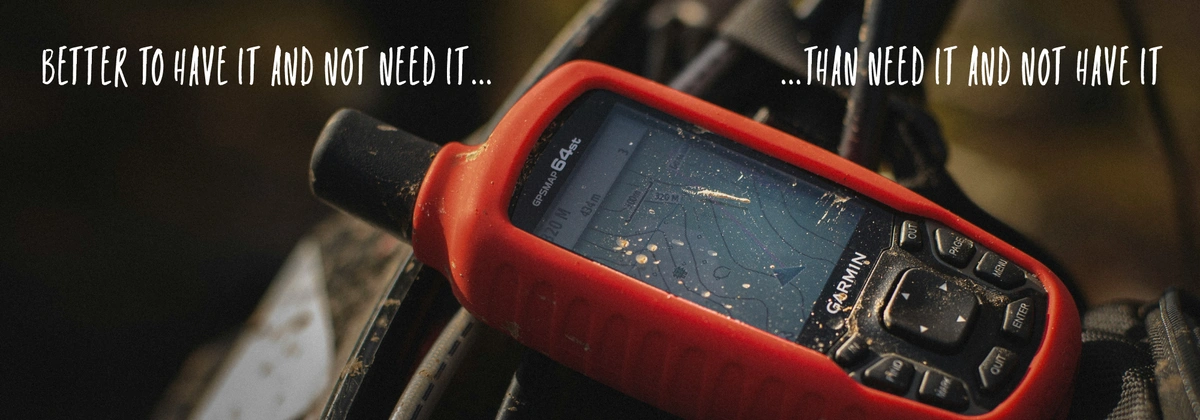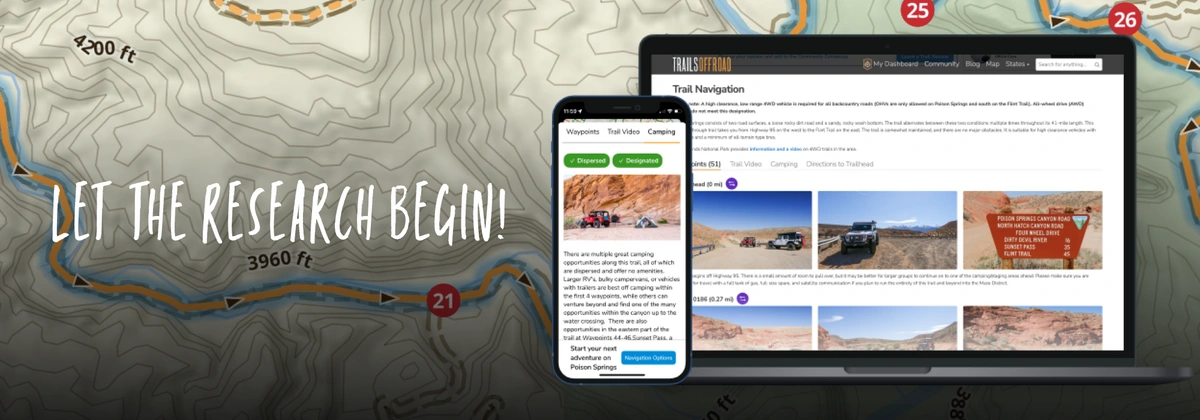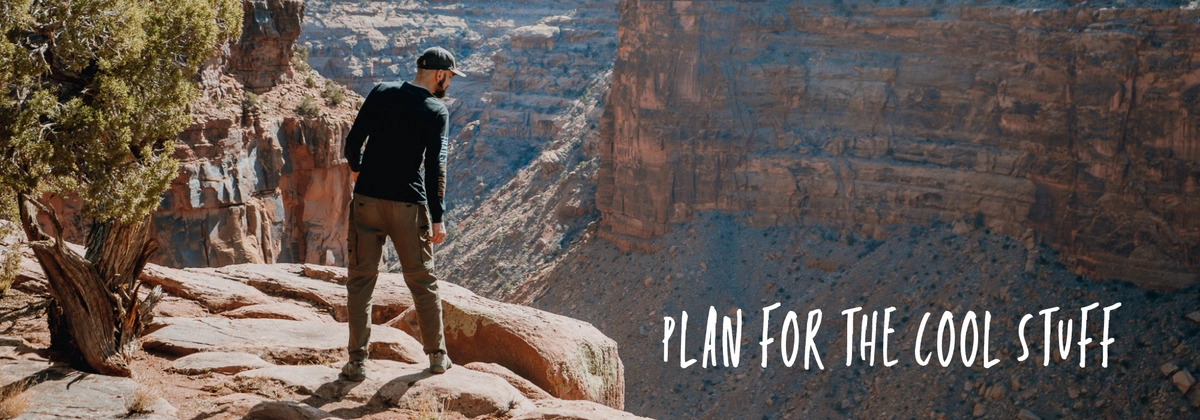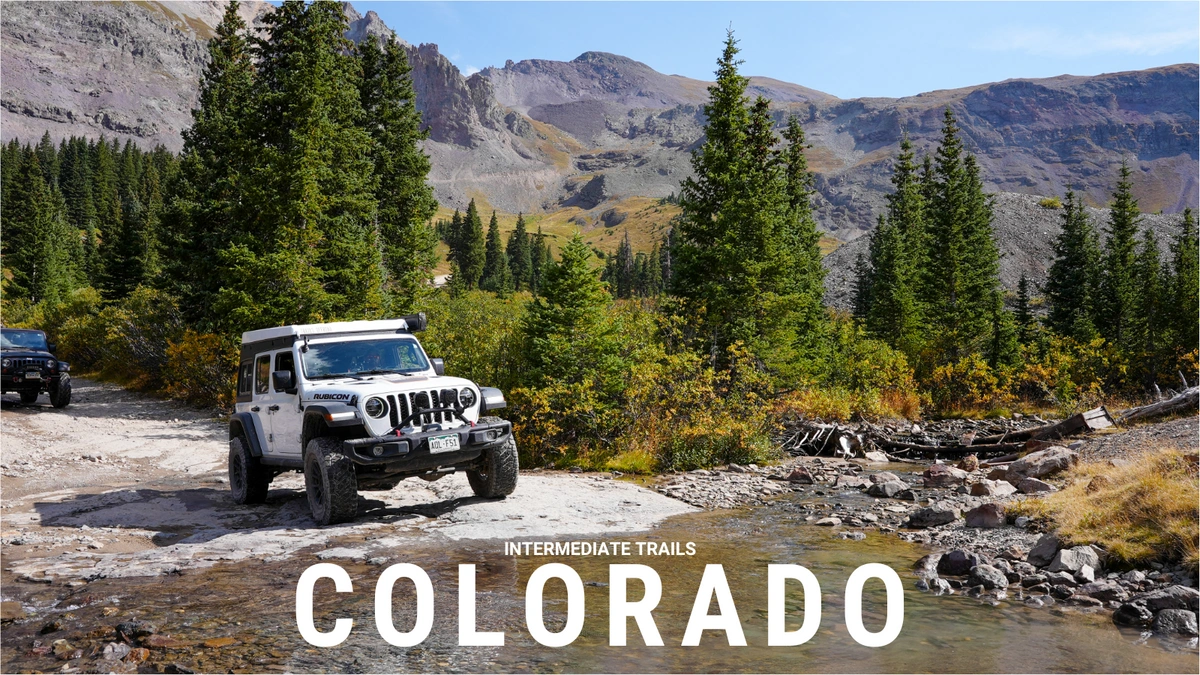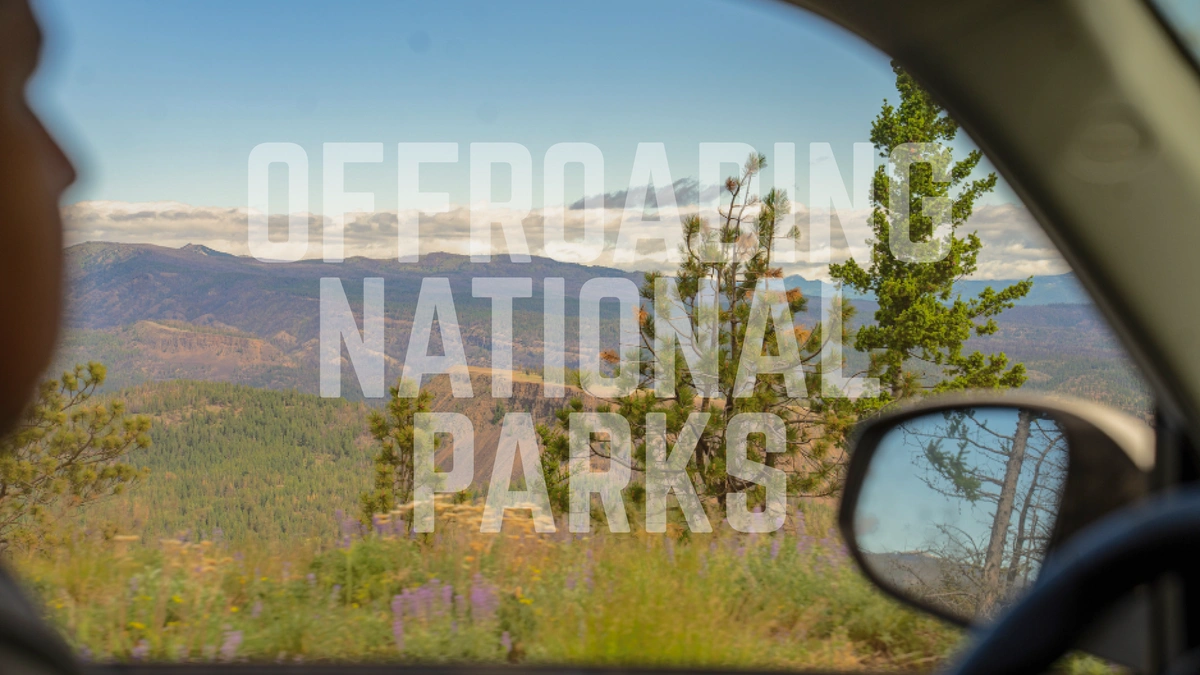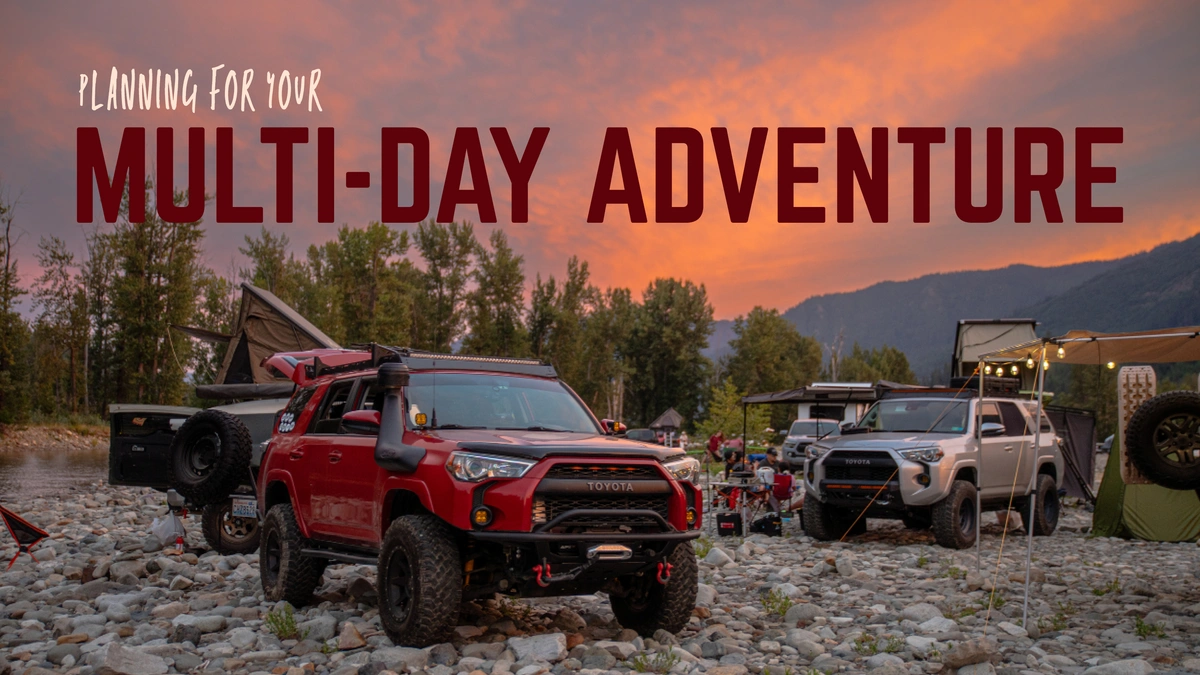
Planning Your Multi-Day Offroad Adventure
As a Type A personality, planning and organization are always at the forefront of my mind. When it comes to hosting offroad trips, whether it's for a spontaneous afternoon adventure or a multi-day journey, I believe in having every detail covered.
Like many of you, I've often dreamt of spending days exploring the most remote and untouched areas across the country and creating lifelong memories along the way. The allure of venturing into the wild, away from the daily grind, is a powerful one. However, turning this dream into reality involves a lot of preparation to ensure a safe and enjoyable trip.
The process of planning a multi-day offroad or overland expedition can seem daunting, but with the right approach, it becomes an exciting part of the adventure. In today's post, I'll walk you through my comprehensive planning process, sharing tips and insights that I've gathered from my experiences. I aim to help make your next offroad journey as seamless and enjoyable as possible, so you can focus more on the excitement of your trip and less on the preparation.
Setting Your Goals
Before you head out, it's important to have a clear understanding of your goals for this trip. This will not only make it more enjoyable but also ensure you get to where you need to be in a timely manner.
If you are just starting to plan out your trip, you’ll want to think about what you hope to achieve during your journey. Are you looking to explore new areas, visit historic routes, take the scenic route to your destination, or simply enjoy the thrill of off-roading? Understanding your objectives will help you tailor your plans accordingly. For example, if your goal is to explore remote areas, you'll need to focus on finding less-traveled trails and mapping your route around those specific trails.
I’ll talk more about how to map your trip below, but starting with identifying your goals will help make the next few steps a lot easier.
Preparing Your Vehicle
Just like any other trip, you’ll want to ensure that your vehicle is in tip-top shape. A well-prepared vehicle can mean the difference between a successful adventure and a disastrous experience.
Start with a comprehensive maintenance check. Ensure all fluids are topped up and in good condition. Check the condition of your tires, including the spare, and ensure they have the appropriate tread life. Inspect the brakes, suspension, and drivetrain for any signs of wear or damage. Address any potential issues before you hit the trail to avoid breakdowns in remote areas.
Another part of preparing your truck is packing all necessary tools and spare parts. Regardless of the length of your adventure, you should always carry a well-stocked toolkit that includes essentials like wrenches, pliers, screwdrivers, and tire repair kits, at a minimum. For longer expeditions, you may want to bring spare parts such as hoses, fuses, fluids, or anything else that may be susceptible to failing out on the trails. And if you don’t already have a portable air compressor in your recovery kit, I highly suggest picking one up.
If you plan on going on a longer trip, you may also want to locate any repair shops along your route before hitting the road. Knowing where you can get help if needed will give you peace of mind and prepare you for any unexpected situations. Research and locate repair shops along your route before you leave. Having a list of contacts and addresses can save you a ton of time as well.
Finally, on the day of the expedition, you will want to make sure you have adequate fuel. Storage capacity is vital for a multi-day expedition. It never hurts to carry extra fuel in appropriate containers.
Essential Gear and Supplies
Now that your truck is ready to go, it’s time to get you ready. I suggest starting with the basics. Pack clothing appropriate for the weather you'll be encountering. Include layers for varying temperatures, waterproof gear for rain, and sturdy boots for hiking and outdoor activities. Don't forget personal hygiene items like toiletries, sunscreen, insect repellent, and any necessary medications but make sure they are all safe to be used out in the wilderness!
Survival gear, such as a well-stocked first aid kit, is a must. Emergency supplies, such as a fire extinguisher, flares, a multi-tool, and a whistle, should also be part of your kit. Consider carrying a portable jump starter, tow straps, and a shovel for vehicle recovery.
Your camping setup is crucial for a comfortable night's rest. Depending on your setup, it may be super easy to throw everything in your rooftop tent or pack along a ground tent. Regardless, make sure you choose a sleeping bag rated for the temperatures you'll encounter. A portable stove, cooking utensils, and cookware are essential for preparing meals. Don't forget items like a folding table, camp chairs, and a lantern for your campsite.
Regarding your campsite, meal planning is key to ensuring you have enough food for the duration of your trip. For those who are planning to do multiple trips like this throughout the year or even weekend camping trips, investing in a portable fridge should be considered. Yes, they’re expensive, but when you’re enjoying a fresh ‘home’ cooked meal at camp, it’ll be worth every penny. And don’t forget about plenty of water!
Communication
If you plan to be off the grid for most of your trip, it’s important to be able to communicate with others, especially if you plan on being alone.
There are a few communication tools you should carry with you. Number one is a radio. I personally use a GMRS radio setup in my truck for pretty much every single trip I have. This helps me communicate with others in my group to make them aware of any issues I am having or just communicating out on the trail. I rarely ever go out to remote places by myself so my communication setup will look different than someone who is doing a multi-day expedition alone.
There are a few other types of radios to consider, including FRS, CB, and HAM, which are some of the most popular types. Depending on your needs, you may want to pick another type, but be aware that some of these will require you to get a license.
Outside of radios, you should also consider getting a satellite communicator. These will allow you to contact your loved ones or emergency services if needed. Some of these communicators only allow you to contact specific people, others can contact anyone. If you are considering getting a satellite communicator, wait until Black Friday or Prime Day – I have seen these go on sale with substantial discounts.
Choosing Your Route
Now that you have all your gear situated, it’s time to begin planning your actual trip. Since you already identified your goal for this trip, it will be easier to decide on a route to meet that goal(s).
Conduct thorough research to identify potential routes and destinations. Use resources like maps, trail guides, online forums, and social media groups to gather information about the trails you plan to explore. Also, remember to pay close attention to trail conditions and seasonal closures.
Utilizing Trails Offroad (especially with an All-Access Membership) to plan your route is incredibly easy. First, determine your end destination. From there, you can use our Trail Map to find offroad trails in your desired area and look within the Trail Guides to find campsite Waypoints. All-Access members can even download GPX files if necessary to upload into external GPS navigation platforms. From there, all you need to do is fill in the missing parts.
Daily Planning and Logistics
We’ve reached the end of the preparation! Now it’s time to organize the final details.
Creating a daily itinerary and schedule will help keep your trip organized and ensure you stay on track. Plan your daily activities, including driving times, rest breaks, and exploration stops. Be realistic about the distances you can cover daily and factor in time for unexpected delays. Having a flexible itinerary allows you to adapt to changing conditions without feeling rushed.
Get your food and water situated. If you haven’t already created a list of meals, do so now. Depending on the length of your trip you may want to plan a few grocery tips, which should of course be considered in your route plan. You should also locate gas stations across your route to refuel your truck. Consider the length of your trip and daily travel distances to ensure you have a manageable schedule.
Don’t forget to check for permits you may need too!
And finally, for most in this economy, budgeting for your expedition will be one of the most important parts. You should factor in costs for fuel, food, permits, accommodations, and any gear or vehicle upgrades. Having a financial plan ensures you have the necessary funds for the entire trip.
What's on My Bucket List
I wasn’t planning on sharing any specific plans in this post, but I do want to help give you guys ideas on routes you can take and, more specifically, which routes are on my bucket list.
Mojave Road: One of the top trails I would like to tackle is Mojave Road in California. I have seen so many videos and photos of this area, and it looks absolutely stunning. This one doesn’t take a ton of planning to accomplish; however, it is over 1200 miles away from me, and there are plenty of National Forests in between that would be fun to explore.
PNW National Parks: Many people tend to center their expeditions around National Parks, and I would love to do the same, visiting all of the ones around the Pacific Northwest.
---
That wraps up the complete planning and preparation of a multi-day off-road trip. There is a lot of prep work that goes into these, but once you’re on your trip, everything should go smoothly!
Now go out and plan your own!
